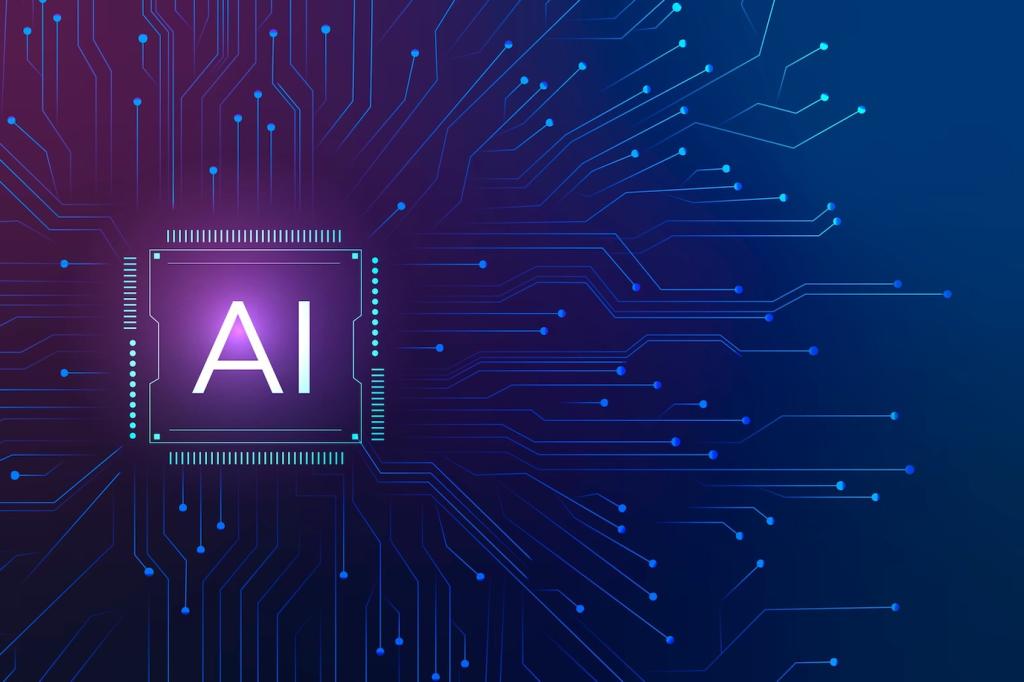
AI-Driven Innovations in Global Logistics
AI-driven innovations are revolutionizing global logistics, reshaping how goods are moved, stored, and delivered across continents. Through advanced data analytics, machine learning algorithms, and real-time monitoring, AI is addressing longstanding challenges in efficiency, cost, sustainability, and resilience. This transformation not only benefits logistics providers but also creates more reliable service for businesses and consumers alike. The following sections explore the most significant AI-powered advancements transforming global supply chains and logistics operations in the modern world.

Real-Time Demand Forecasting
AI-based demand forecasting uses data from sales, market trends, and even social media to predict future demand patterns more accurately than traditional methods. With machine learning algorithms absorbing and learning from new data points constantly, companies can dynamically adjust their procurement, production, and delivery schedules. This results in reduced overstock and understock situations, ensures timely deliveries, and improves overall resource allocation. The end effect is a more resilient supply chain prepared to respond instantly to changes in customer preferences or global economic shifts.

Dynamic Route Planning and Optimization
AI-powered route planning tools use real-time information such as traffic patterns, weather conditions, and shipment priorities to optimize delivery routes. Rather than relying on static routes, these systems dynamically adjust based on live data and potential disruptions. This not only decreases fuel consumption and associated costs but also shortens delivery times. With global supply chains becoming more complex, dynamic route optimization powered by AI makes cross-border logistics smoother and more dependable while supporting sustainability goals by minimizing emissions.

Predictive Inventory Management
Traditional inventory management often led to inefficiencies due to reliance on historical data or gut feelings. Today, AI-driven predictive inventory solutions leverage deep learning to project inventory needs with remarkable accuracy. By continuously analyzing consumption trends, supplier performance, and external market factors, these systems maintain optimum stock levels across warehouses worldwide. They trigger automated reordering and highlight potential shortages or surpluses before they become critical issues. Such proactive management not only saves costs but also enhances service levels and customer satisfaction.

Previous slide
Next slide
Enhanced Visibility and Predictive Analytics
End-to-End Shipment Tracking
AI-enhanced tracking provides real-time insights on the location and status of goods as they move through the global logistics network. By aggregating data from sensors, GPS, and IoT devices, these solutions offer unparalleled visibility to shippers, carriers, and recipients. Users can proactively address delays, reroute shipments, and inform customers with accurate arrival estimates. This transparency not only builds trust but also streamlines operations, reduces costs associated with lost cargo, and enables quicker, smarter responses to logistical challenges as they arise.

